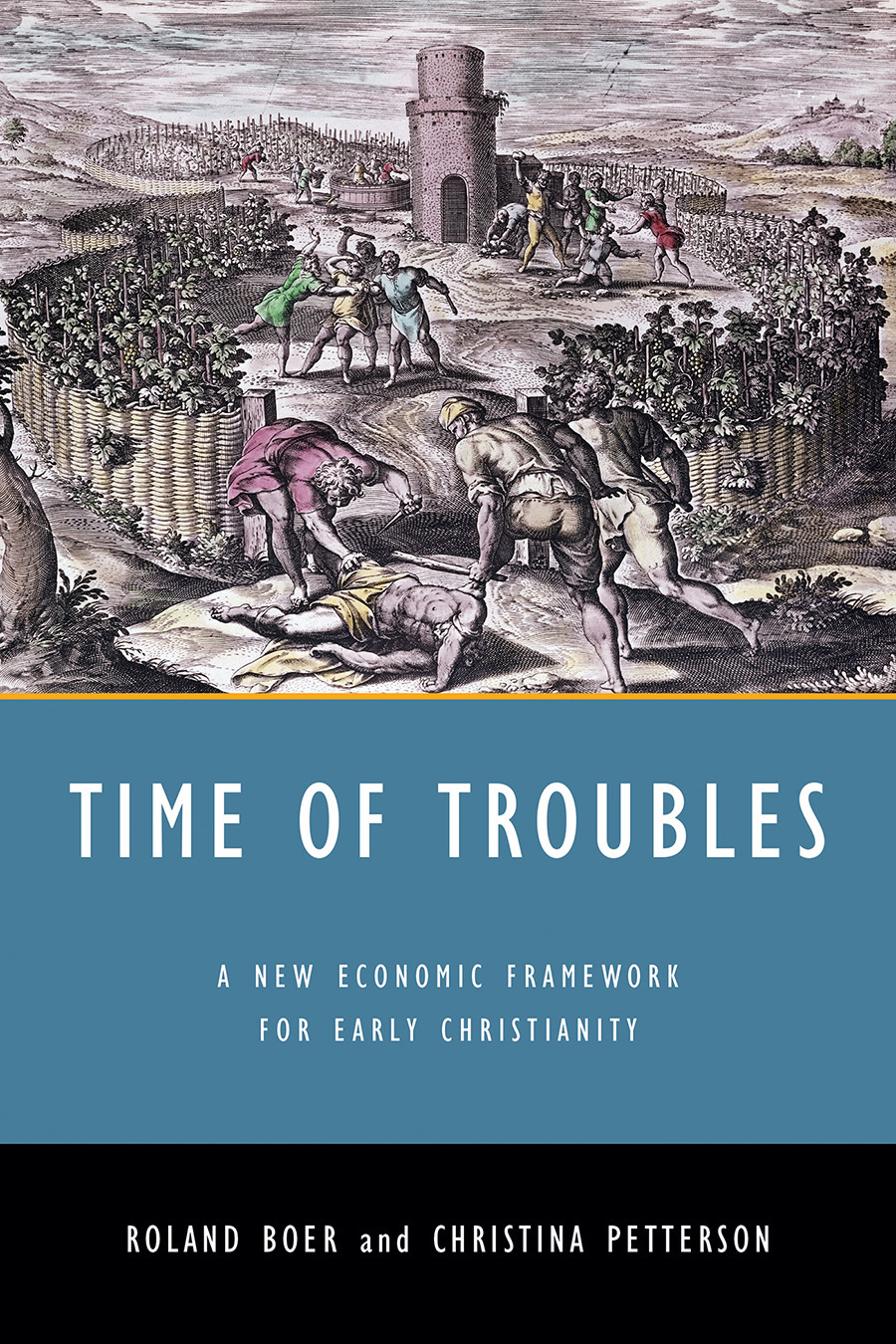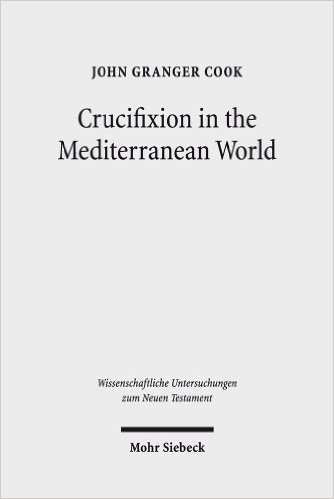Quando fiz a resenha do livro de Philip R. Davies, In Search of ‘Ancient Israel’, Sheffield, Sheffield Academic Press, [1992] 1995, encontrei, no capítulo que trata da definição do Israel bíblico, este provocador convite: precisamos desafiar nossa formação teológica e desfamiliarizarmo-nos com a Bíblia!
Philip R. Davies argumenta que para quem se empenha numa pesquisa histórica, o Israel bíblico é um problema e não um dado. O termo ‘Israel’ é utilizado em pelo menos 10 sentidos diferentes na literatura bíblica, segundo especialistas na área, e de um modo bastante flexível. Nós precisamos perguntar que tipo de termo é este. Mas, “muitos biblistas têm uma longa convivência com a Bíblia, e sua noção de Israel já está internalizada, a tal ponto que eles tomam seus vários usos como sendo homogêneos, sua complexidade como simples e suas contradições como invisíveis (…) O ‘Israel’ da literatura bíblica é automaticamente adotado como um termo apropriado para o uso erudito, incluindo toda a sua variedade e contradição” (p. 49). Deste modo, ‘Israel’ é um povo, tem uma religião, tem seu próprio deus; ‘Israel’ é uma terra, é um reino unido sob Davi e Salomão, é dividido em dois reinos… Por isso, nós devemos tomar uma atitude que desafia nossa formação teológica: desfamiliarizarmo-nos com a Bíblia!
Agora, lendo Tyler F. Williams no biblioblog Codex, encontro o mesmo argumento no post The Strange New World of the Bible. Ele argumenta que frequentemente temos uma falsa percepção de familiaridade com a Bíblia que é um tropeço para a sua compreensão. Precisamos manter a consciência da distância histórica entre o mundo bíblico e o nosso, se quisermos evitar a sobreposição de nossos pressupostos à realidade da época em que a Bíblia foi escrita. Ele estava lendo o livro de Bruce J. Malina e Richard L. Rohrbaugh, Social-Science Commentary on the Synoptic Gospels, Minneapolis, Fortress Press, [1992], 2a. edição, 2003. E, deste livro, ele cita vários exemplos de como o mundo mediterrâneo no qual o Novo Testamento foi gestado tem muito menos em comum com o Ocidente moderno do que imaginamos.
Também tratei disso ao escrever o artigo Leitura Socioantropológica do Novo Testamento, no primeiro item do texto. Aí uso a introdução feita por Rohrbaugh ao livro por ele organizado com o título The Social Sciences and New Testament Interpretation [As Ciências Sociais e a Interpretação do Novo Testamento], publicado em Peabody, Massachusetts, Hendrickson, em 1996. Gostaria que o leitor pudesse fazer uma visita a esse artigo e considerasse alguns dados interessantes.
Como a proposta de leitura do Pai Nosso feita por Douglas E. Oakman. Bem, se alguém ficar chocado e quiser ver com mais detalhes e fundamentação o que ele está dizendo, consulte o meu texto Leitura socioantropológica no livro do Cássio Murilo Dias da Silva, Metodologia de Exegese Bíblica, São Paulo, Paulinas, 2000 [2a. edição: 2003], capítulo 11, especialmente as páginas 358-361. Sem se esquecer da detalhada nota 10 na p. 360, que trabalha o significado do texto do Pai Nosso utilizando o texto de Mt em grego.
Por outro lado, deixo uma provocação para a reflexão do leitor: um dos pontos fundamentais de nossa leitura popular da Bíblia é exatamente a familiaridade com a qual conseguimos tratar o texto bíblico. Qual seria a hermenêutica mais correta? Ou não estaria uma em oposição à outra?


